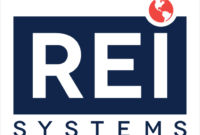Hubbard Radio Washington DC, LLC. All rights reserved. This website is not intended for users located within the European Economic Area.
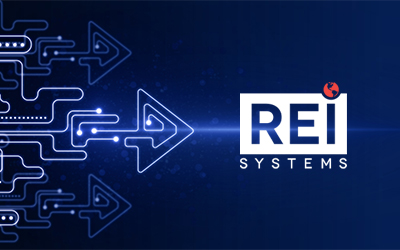
Making Government More Efficient Through Modernization
On Demand
Modernization has gone from an event to a continuous process as federal agencies work to improve customer experience, employee experience and mission efficiency. During this exclusive webinar, moderator Tom Temin will discuss modernization strategies with agency and industry leaders.
Duration: 1 hour
Cost: No fee
For federal agencies, IT modernization might consist of innovation, but it also has a healthy dose of what you might call renovation. In fact, many agencies use the latest innovation technologies – in particular artificial intelligence and machine learning – precisely to integrate and get more out of existing, but crucial, applications.
At the same time, IT practitioners have started thinking of modernization less as an event and more as a continuous process.
Jamie Holcomb, the chief information officer of the U.S. Patent and Trademark Office, said that after four years with the agency, he’s about halfway through a modernization effort. One project aims to use machine learning and natural language processing to help streamline patent examinations.
Speaking during a special Federal News Network panel, Holcomb said, “Now, I’ve been trying to get everybody doing continuous improvement and modernization.” He said that IT organizations should periodically “be looking at and thinking about how to increase our toolset, how to change, and make sure we’re adapting all the new offerings.” He cited generative artificial intelligence as the type of thing that can come on quickly and change IT.
No more modernization?
At the Transportation Security Administration, CIO Yemi Oshinnaiye described his goal as legacy-proofing.
“If you do it right, you shouldn’t have to modernize anymore,” he said. Like Holcomb, Oshinnsaiye is halfway through a journey, but one to modernize how the staff thinks about technology. In the new mindset, he said, “we’re looking at always doing something new, in a modern fashion, making sure that technology is intuitive, so that you don’t have to teach folks to use it.”
Many agencies have technical debt, an over-reliance on obsolete but still-functioning systems. These include mainframe applications that are expensive to maintain. Even paper processing, such as still prevail in many importation and immigration situations.
To Andrew Zeswitz, the chief technology officer at REI Systems, this means agencies should approach new or revamped systems from the user standpoint, whether users are employees or constituents.
“Value is realized by the consumer of these systems,” Zeswitz said. Ensure a better customer experience, he said, mitigates in favor of using “modern software delivery processes like DevSecOps, and agile delivery management to rapidly deploy features and functions in an iterative fashion.”
This is the case at the Food and Drug Administration, where Mohammed Sohail Chaudhry, chief technology officer of the Office of Digital Transformation, works to meld a variety of legacy applications into a unified environment.
“Our inspections applications, food safety, supply and shortages-related applications were initially built in a very monolithic manner,” Chaudhry said. “They were very contained.” He’s using cloud migration as a catalyst for integrating these applications and moving over time to a software-as-a-service.
At the same time, Chaudhry said, he’s thinking in terms of “more renovation than innovation. That is the part where we start thinking about reimagining our business processes.”
End the stovepipes
The National Institutes of Health exemplifies the challenge many agencies face in trying to integrate disparate systems so users can have a more cogent experience.
Jeff Shilling, CIO of the National Cancer Institute (NCI), explained that National Institutes of Health sub agencies have traditionally developed applications individually, even for functions common across the NIH.
“We have an organizational structure that supports an inefficient way for the user to interact,” Shilling said. “Users, the scientists and the administrators who want to hire someone or buy something or do a big acquisition, are forced to use numerous systems. They’re hopping around hundreds of different systems.”
He said that modernize this situation, workflows and their underlying data flows must change. Even within a given institute, medical images, genomic data, and patient and family health and treatment records typically reside each in their own systems.
“But a researcher would love to be able to say, well, I want to see a patient centric view,” Shilling said. As a result, the NCI is establishing what Shilling called a cancer research data commons. Working with the year-old Advanced Research Projects Agency for Health, or ARPA-H, Shilling said his staff is developing an applications layer to add to the data commons. Research doctors searching for data on a specific type of patient with a specific cancer will be able to do so easily.
Such projects show “where we get into what I describe as the difference between application modernization and digital transformation show,” REI’s Zeswitz said. Traditional modernization involves moving logic from a legacy platform to a contemporary one. True transformation, he said, requires “taking a look at the entirety of the system, that journey map. And looking at the emotionality of the end users as they interact with each touchpoint along that journey.” Then, engineering the new system to conform to users’ needs.
Chaudhry said that “old boxes replaced by shiny new boxes” that fail to meet evolving customer experience requirements prompt tough questions from users.
“They’re looking at us [and asking], what did you guys do with all that money?” he said.
Applications themselves, as functional requirement, aren’t going away, said Samidha Manu, Vice President for Federal Civilian at REI Systems. The challenge, she said, is “to provide that seamless integration in a zero trust environment. How do we provide that?”
Manu said “solving for how data is no longer a single-use consumable commodity,” but rather a resource discoverable and usable for whatever applications users may need.
Learning objectives:
- Modernization strategies and priorities
- Application integration
- Interagency integration
Complimentary Registration
Please register using the form on this page or call (202) 895-5023.
By providing your contact information to us, you agree: (i) to receive promotional and/or news alerts via email from Federal News Network and our third party partners, (ii) that we may share your information with our third party partners who provide products and services that may be of interest to you and (iii) that you are not located within the European Economic Area.
Please register using the form on this page.
Have questions or need help? Visit our Q&A page for answers to common questions or to reach a member of our team.
Speakers

Jamie Holcombe
Chief Information Officer
U.S. Patent and Trademark Office
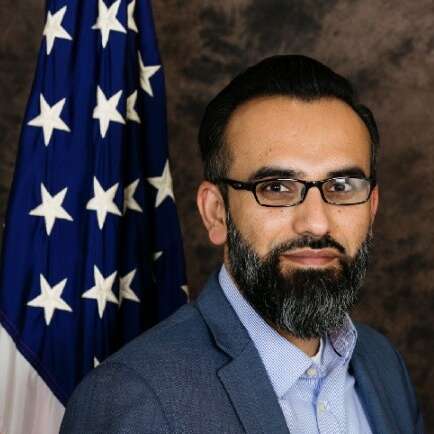
Mohammed Sohail Chaudhry
Chief Technology Officer
Food and Drug Administration
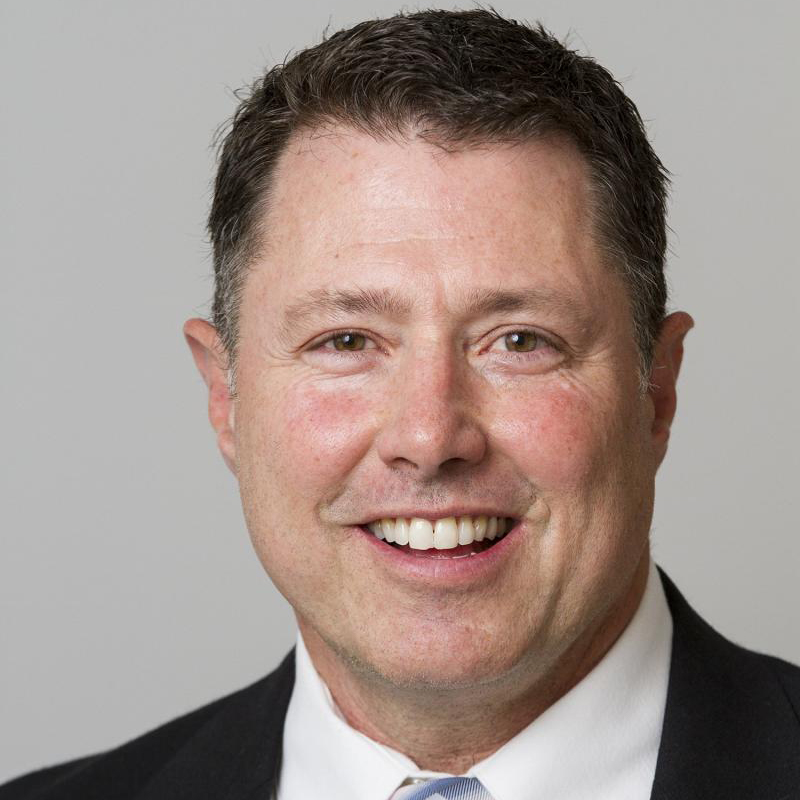
Jeff Shilling
Chief Information Officer
National Cancer Institute
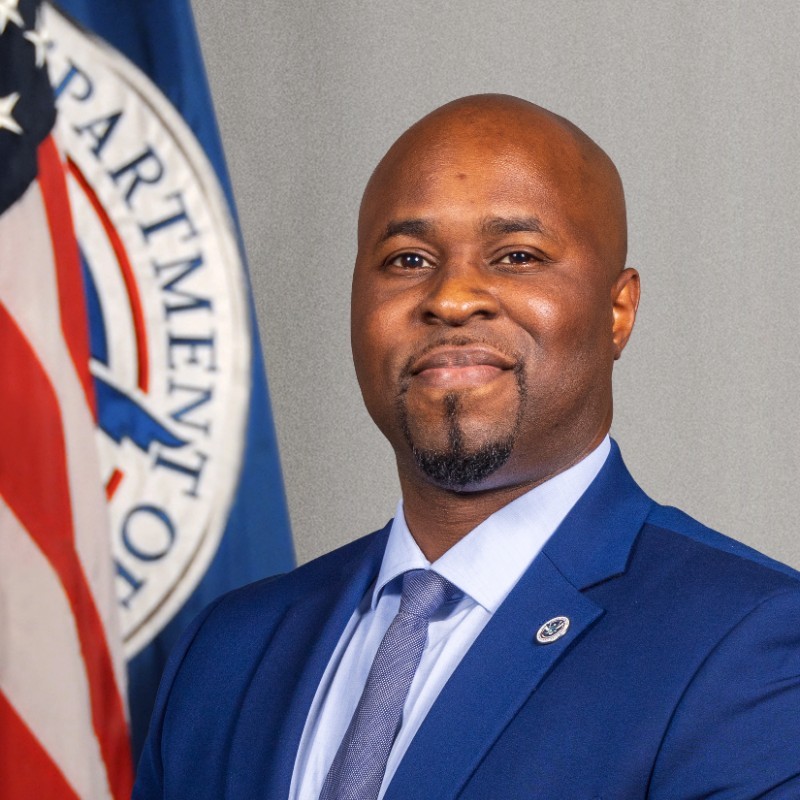
Yemi Oshinnaiye
Chief Information Officer
Transportation Security Administration

Andrew Zeswitz
Chief Technology Officer
REI Systems

Samidha Manu
Vice President, Federal Civilian
REI Systems

Tom Temin
Host, The Federal Drive
Federal News Network
By providing your contact information to us, you agree: (i) to receive promotional and/or news alerts via email from Federal News Network and our third party partners, (ii) that we may share your information with our third party partners who provide products and services that may be of interest to you and (iii) that you are not located within the European Economic Area.

